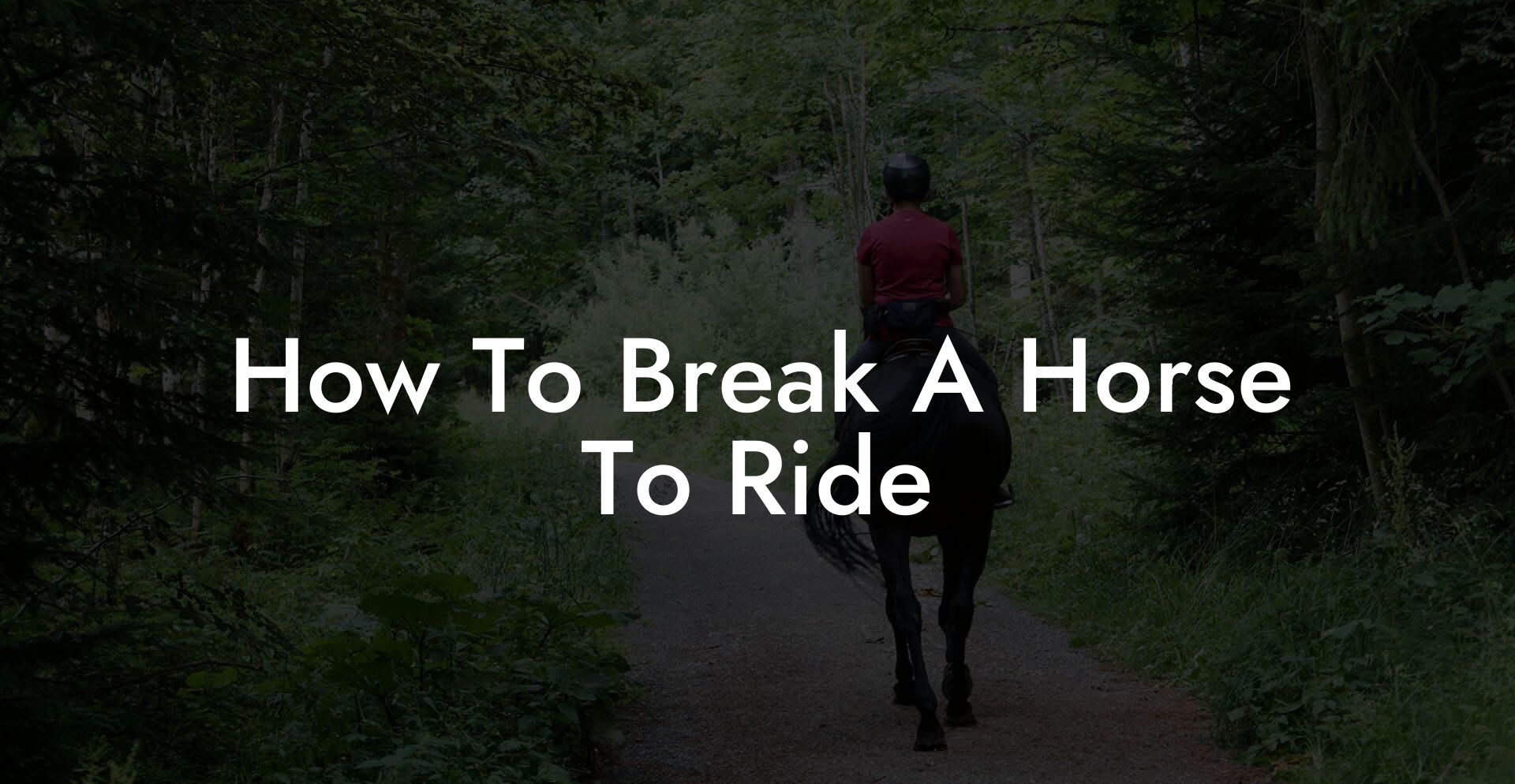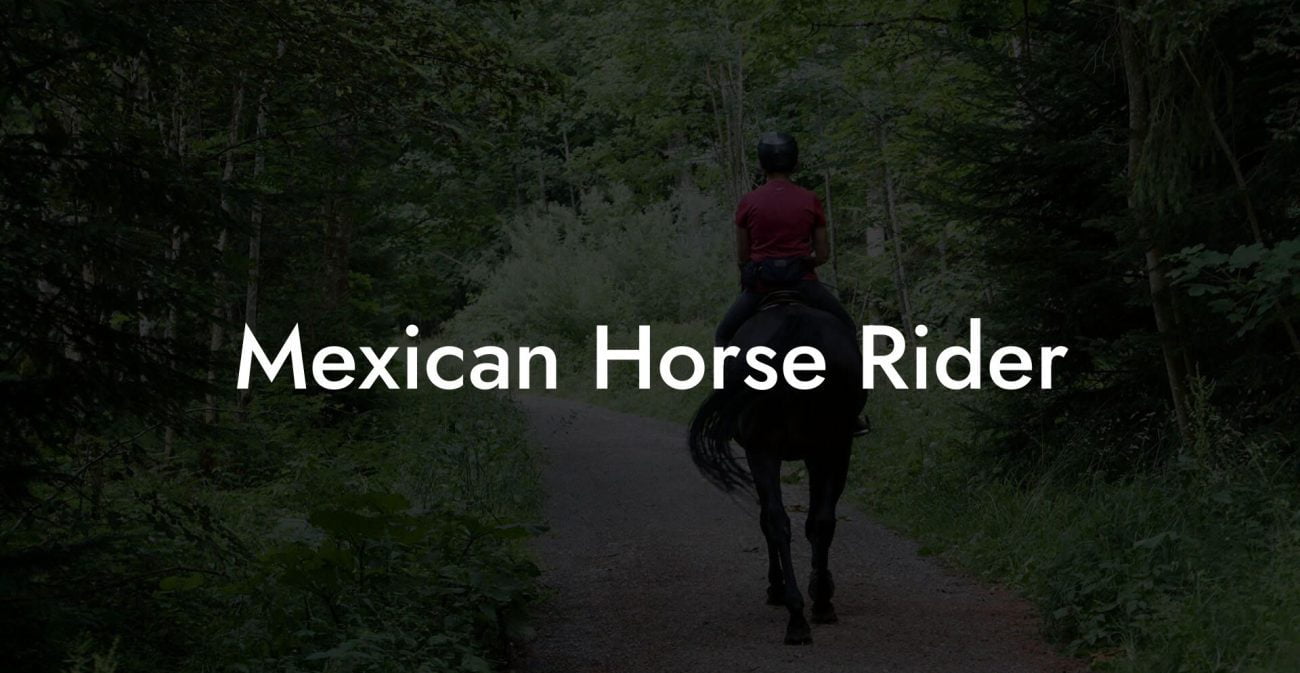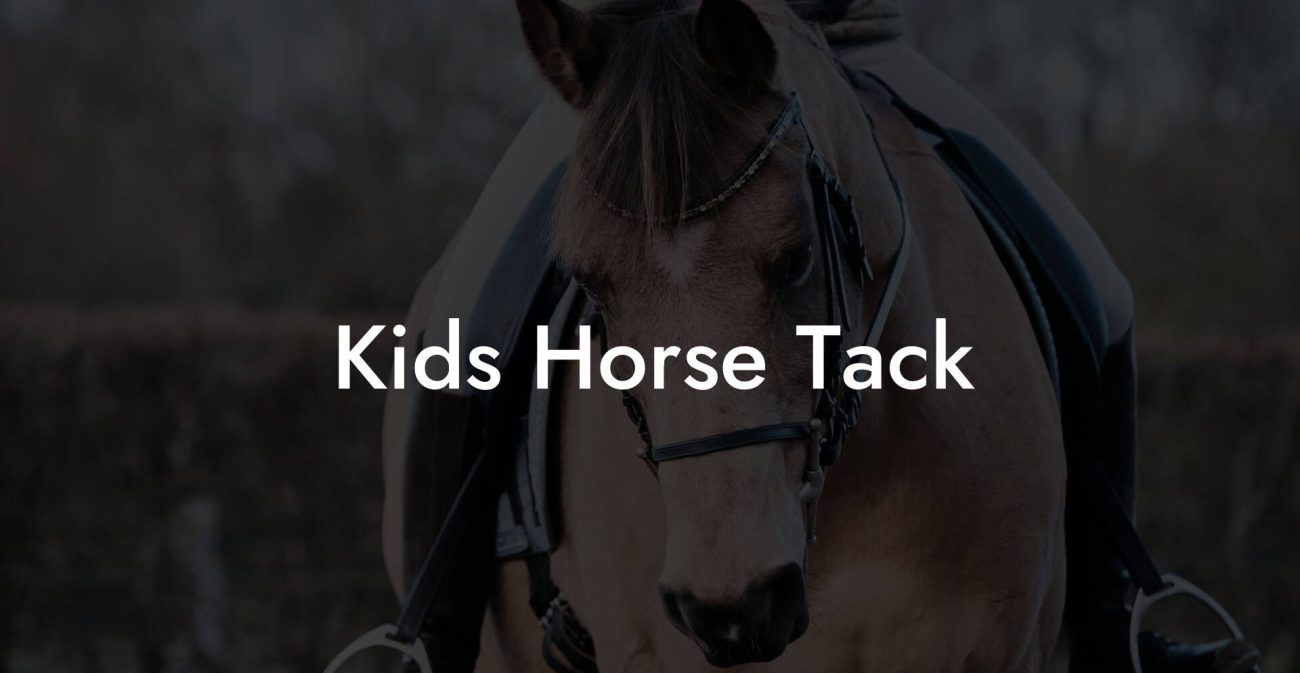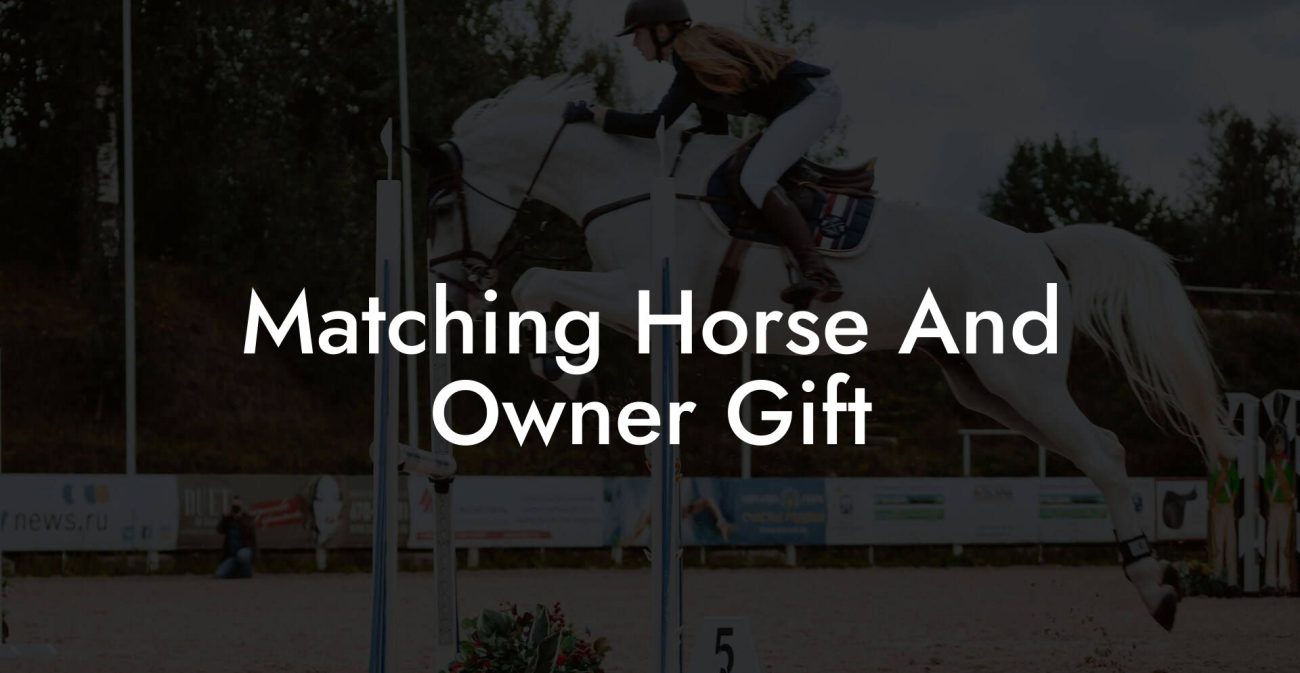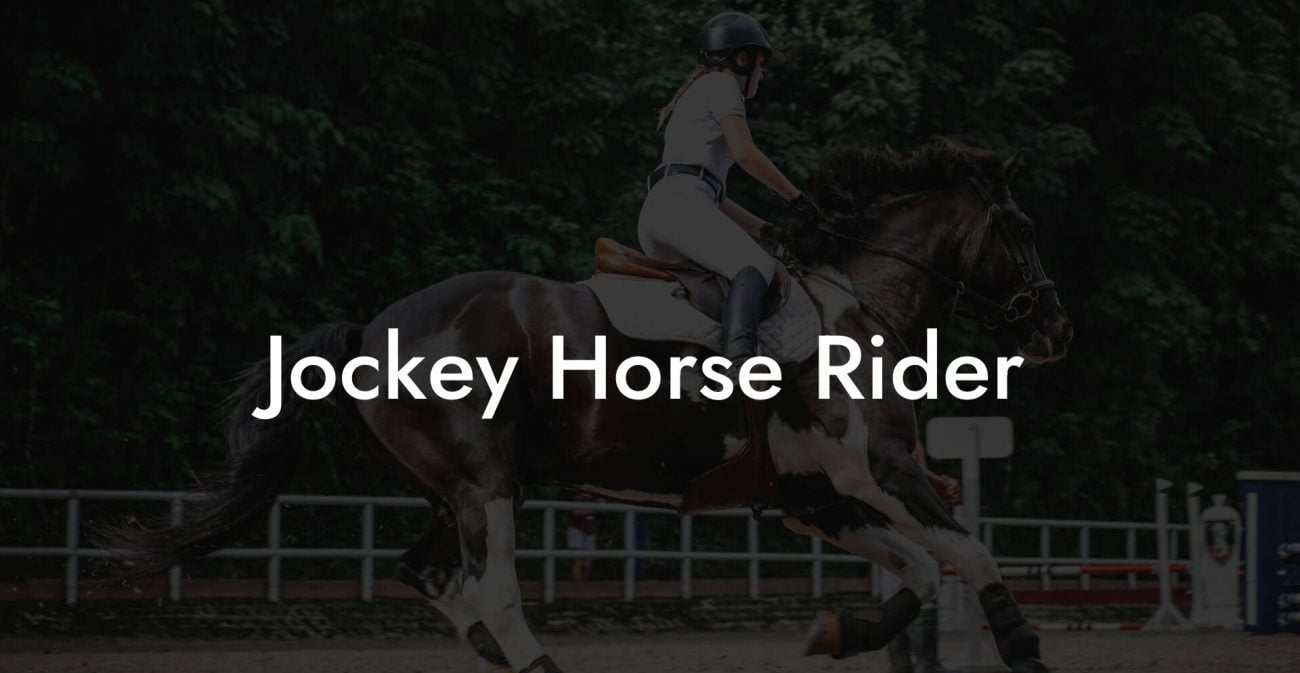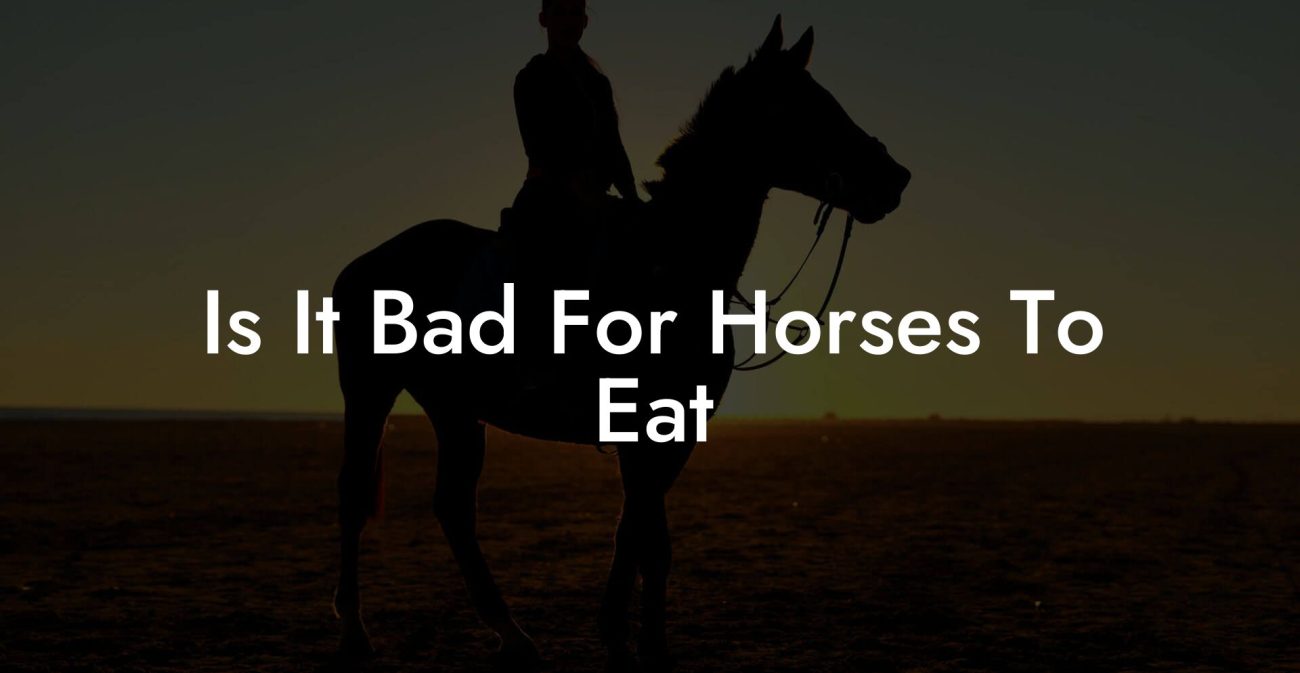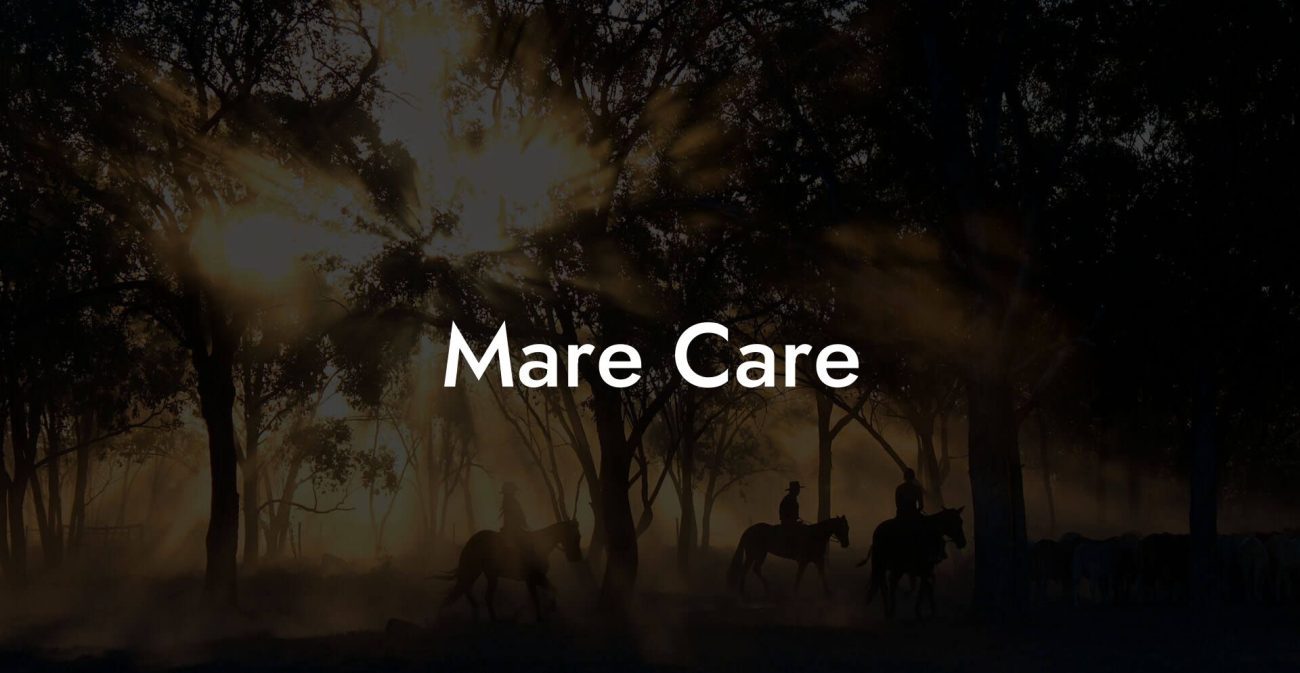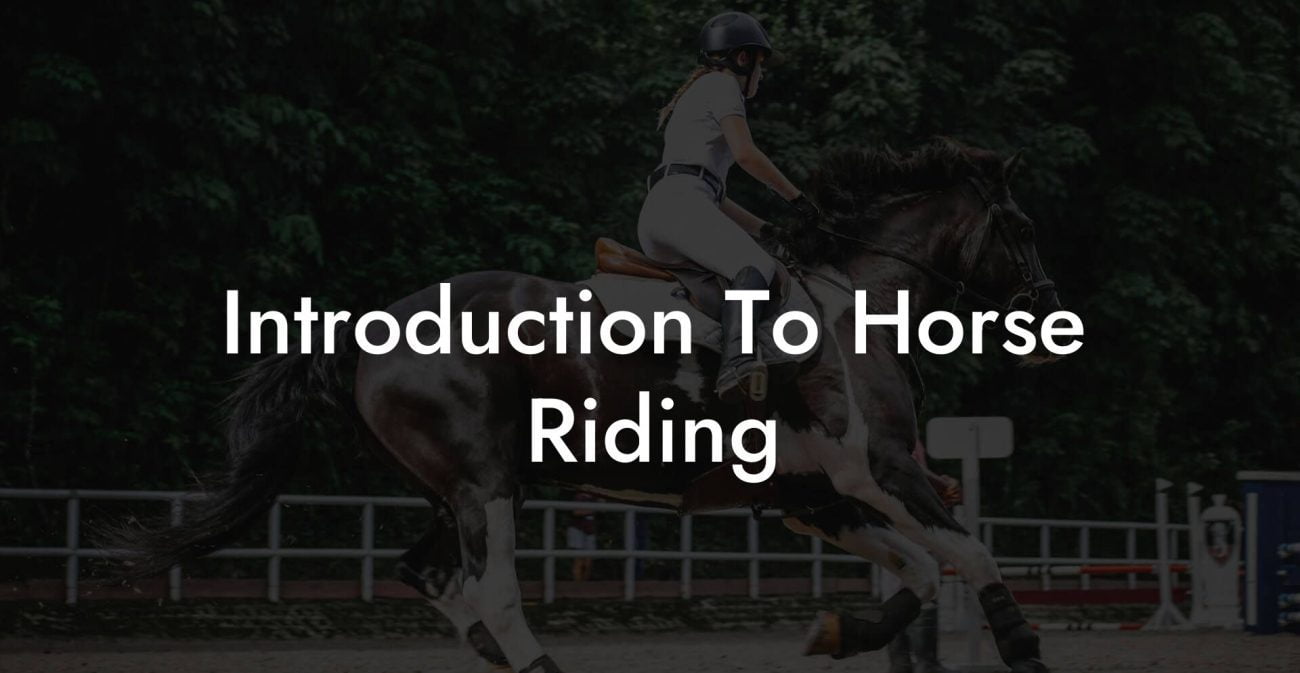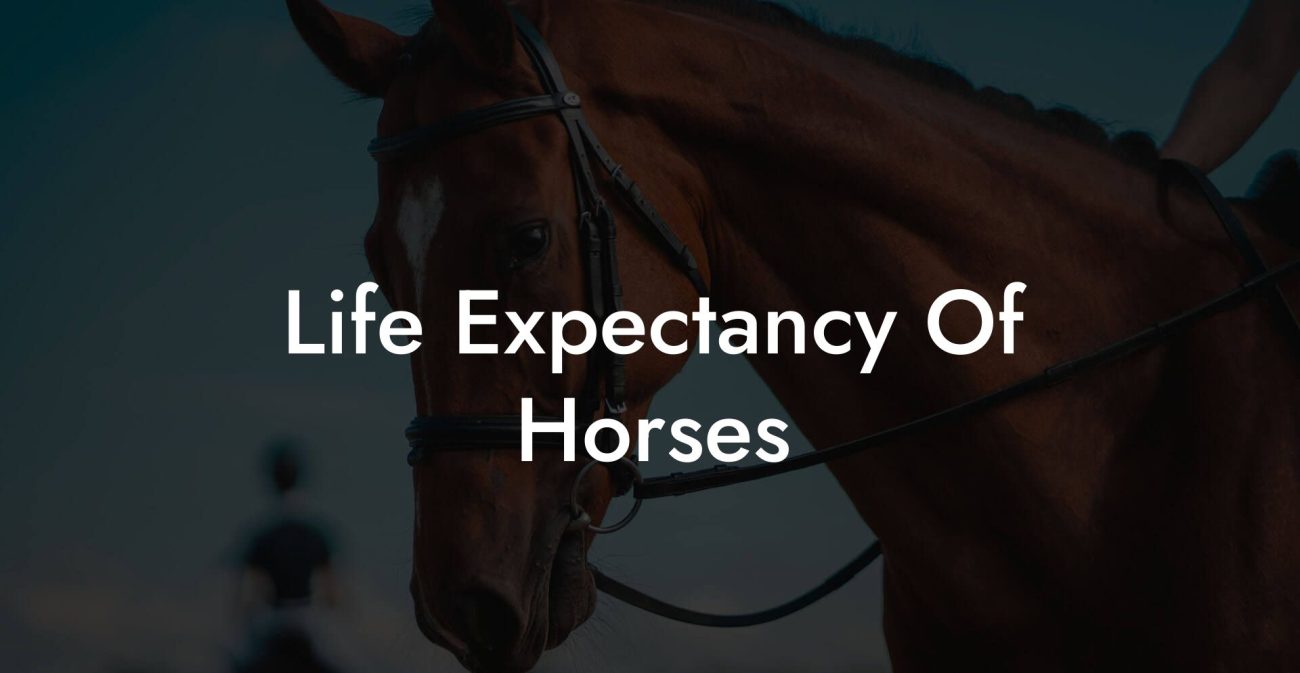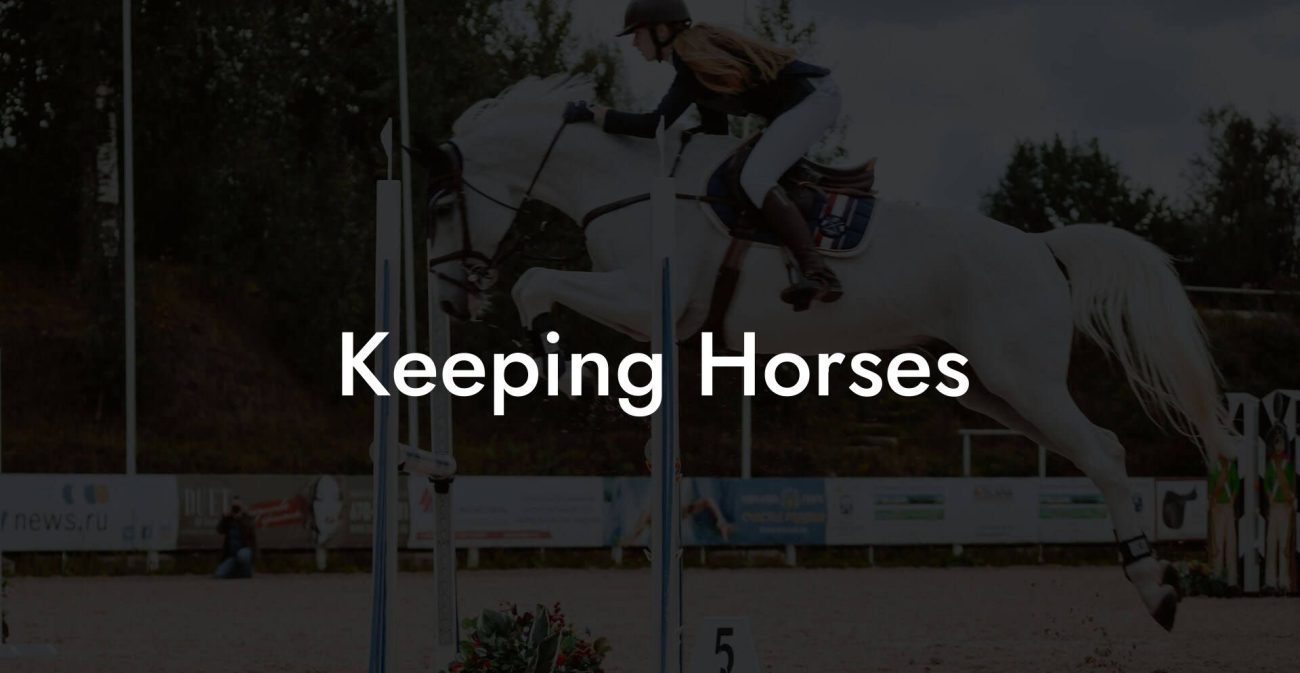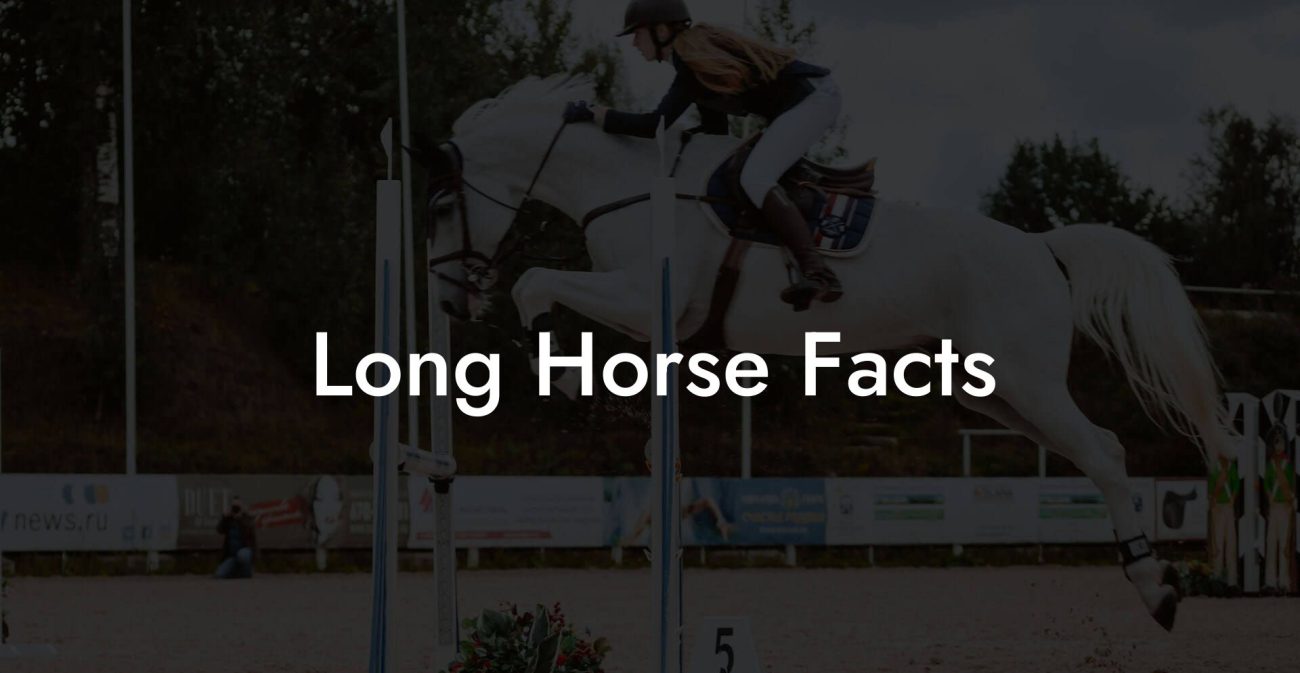There’s nothing quite like the thrill of that first ride, when a once-wild spirit transforms into your trusted partner on the trail. Breaking a horse to ride isn’t about breaking its spirit; it’s about unlocking the door to a deeper connection, nurturing mutual respect, and building a foundation for a safe, enjoyable riding experience. This guide will take you on an adventure through centuries of horsemanship, modern-day training secrets, and fresh, humane methods that even a Gen-Z rebel or a millennial adventurer can appreciate. Buckle up, this isn’t your old-school dusty manual. It’s a playful, witty, and in-depth breakdown of the art (and science) of breaking a horse to ride, complete with actionable tips, real-life case studies, and resources to supercharge your journey.
Quick Links to Useful Sections
- The Evolution of Horse Breaking: From Brutal Battles to Gentle Journeys
- Understanding the Equine Mind: Communication, Trust, and Respect
- Modern, Humane Techniques for Breaking a Horse to Ride
- 1. Establishing a Safe and Calm Environment
- 2. Building Trust Through Groundwork
- 3. Introducing the Tack: A Gradual, Respectful Process
- 4. Positive Reinforcement: The Heart of Modern Horsemanship
- 5. Patience, Persistence, and Playfulness
- Step-by-Step: How To Break A Horse To Ride, Your Ultimate Guide
- Step 1: The First Encounter
- Step 2: Laying the Groundwork
- Step 3: Tack Time, Introducing the Gear Gradually
- Step 4: Building Dynamic Movement
- Step 5: Enhancing Responsiveness and Confidence
- Step 6: Taking It to the Next Level, Trail Riding and Beyond
- Safety First: Must-Know Equipment, Techniques, and Precautions
- Essential Gear for a Safe Ride
- Techniques That Prioritize Safety and Comfort
- When to Call in the Pros
- Nourishing the Body and Spirit: Equine health and nutrition
- Feeding for Peak Performance
- grooming: More Than Just a Spa Day
- Physical Conditioning and Rehabilitation
- Integrative Case Studies: Real Stories from the Stable
- Case Study 1: From Wild Spirit to Joyful Companion
- Case Study 2: A Journey of Healing and Trust
- Case Study 3: Breaking Stereotypes and Building Bridges
- Resources and Community Support: Your Next Steps
- Join Local and Online Riding Communities
- Enroll in Workshops and Clinics
- Follow Influential Trainers and Thought Leaders
- Utilize Modern Technology and Apps
- Collaborate with Equine Therapists and Professionals
- Frequently Asked Questions About Breaking a Horse to Ride
- Your Journey Toward a Harmonious Horse Partnership
The Evolution of Horse Breaking: From Brutal Battles to Gentle Journeys
In the not-so-distant past, “breaking” a horse meant a rough, dominant approach, think whips, threats, and a whole lot of yelling. But as society has evolved, so too has our understanding of these majestic animals. Today’s methods are all about trust, respect, and understanding the psychology of horses. Modern horse training has shifted from the old-school tactics of dominance to gentle communication, clear boundaries, and positive reinforcement. It's about guiding a spirited animal into a willing partner rather than crushing its natural behaviors.
Historically, horses were critical to human survival and warfare, which meant that they were often trained in ways that prioritized discipline over empathy. As horsemanship evolved, so did the methods. Today’s trainers use techniques that respect the horse’s natural instincts, ensuring that every step of the process is as rewarding for the horse as it is for the rider. This transformation in approach has made horse riding a more enjoyable, ethical, and sustainable practice that meshes perfectly with a millennial or Gen-Z love for mindful living.
Understanding the Equine Mind: Communication, Trust, and Respect
Before you even think about mounting, it’s crucial to understand that horses are sensitive, intelligent beings with their own personalities and communication styles. Instead of seeing them as merely tools for riding, modern trainers view them as partners. This shift in perspective is fundamental to breaking in a horse in a way that nurtures mutual respect.
Communication is the cornerstone of any successful training program. Horses are masters of reading body language, so every movement you make speaks volumes. The moment you approach with confidence and calm, you’re sending a message that you’re a leader worth following. But remember: leadership isn’t about barking orders, it’s about guiding with empathy and consistency.
Trust is built through repetition and positive reinforcement. Whether you’re taking a horse from standing to moving or transitioning it into accepting saddle pressure, your goal is to create an environment where the horse feels safe and understood. This means no sudden movements, no harsh corrections, and absolutely no outdated “breaking” tools that compromise its trust.
It’s not just about commands and obedience; it’s about establishing a bond where both you and your horse are in sync. Recognize the signs of stress, respect its signals, and respond with compassion. As your horse learns to trust you, it becomes more willing to work, learn, and ultimately, carry you into a world of shared adventures.
Modern, Humane Techniques for Breaking a Horse to Ride
Let’s dive into the practical side of things. Breaking a horse, when done right, is less about “breaking” and more about “bridling” its energy into a cooperative partnership. Here are some of the modern, humane techniques that you can start using immediately:
1. Establishing a Safe and Calm Environment
The stage for any successful training session begins with the setting. Choose a quiet, safe, and spacious area free from distractions. A soft, sandy arena or a paddock with plenty of room can be the perfect habitat for your training sessions. This calming environment will help the horse relax and focus on you, rather than the chaos of its surroundings.
For the modern trainer, it’s all about creating a stress-free zone, this means playing some chill tunes, using natural light, and maybe even incorporating a few aromatherapy elements. The more inviting the space, the quicker your equine partner will settle into a state of receptivity.
2. Building Trust Through Groundwork
Groundwork is the magic that happens before ever considering a saddle. It involves exercises that teach your horse to yield to pressure, follow your cues, and respect your space. Start with simple tasks like leading, stopping, and sidestepping. As you proceed, integrate tasks that mimic the movements of riding, such as backing up or pivoting on the spot.
Use rewards, like a pat, a scratch behind the ears, or even a tasty treat, to reinforce positive behavior. Remember, consistency is key. The more your horse experiences predictable, calm interactions with you, the quicker it learns that you’re its safe haven.
3. Introducing the Tack: A Gradual, Respectful Process
Tack can be intimidating for a horse if introduced too suddenly. Instead of strapping on a heavy, conventional saddle right off the bat, many modern trainers start with lightweight, training-specific equipment designed to ease the transition. Begin with a simple, comfortable halter and gradually introduce the saddle and bridle as the horse becomes more familiar with your touch.
Always let your horse inspect the tack first. Lay it on the ground, let it sniff around, and show a bit of humor if it seems particularly curious, after all, training should be fun for both parties! This gradual introduction helps avoid shock and resistance, setting the stage for smoother progress.
4. Positive Reinforcement: The Heart of Modern Horsemanship
Forget about that harsh “good enough” method from centuries past. Positive reinforcement is your best friend when breaking a horse. Celebrate every little success, from a calm step forward to accepting the saddle. Use treats, gentle pats, and even verbal praise in a tone that’s both encouraging and playful.
The modern approach is all about reinforcing the behaviors you want to see. This means every time the horse makes progress, whether it’s a smooth transition from walking to trotting or a simple acknowledgment of your cues, you give it immediate, positive feedback. It’s the equivalent of handing out gold stars in school, but way cooler.
5. Patience, Persistence, and Playfulness
Breaking a horse to ride is not an overnight miracle, it’s a journey that requires patience, persistence, and of course, a healthy dose of playfulness. Accept that there will be setbacks, and use every stumble as an opportunity for learning. A relaxed trainer fosters a relaxed horse, so keep the mood light and fun.
Try incorporating games into your groundwork. For example, set up simple obstacle courses or interactive exercises that challenge your horse’s problem-solving skills while reinforcing your commands. This playful interaction can transform training sessions from mundane drills into exciting adventures where learning becomes a treasure hunt.
Step-by-Step: How To Break A Horse To Ride, Your Ultimate Guide
Whether you’re a total newbie or someone with a bit of riding experience, a well-designed step-by-step guide can be your best roadmap to success. The following process, refined through modern techniques and countless real-world scenarios, will help you form a strong bond with your horse and ensure a safe, enjoyable ride.
Step 1: The First Encounter
The journey begins with that first face-to-face meeting. Approach your horse calmly and confidently. Don’t rush, allow the horse time to get used to your presence. Keep your body language open and stress-free, and maintain a soft tone when speaking. This initial interaction sets the stage for everything that follows.
During this first encounter, focus on establishing your presence without overwhelming your potential partner. Let the horse sniff your hand, feel your touch, and start building a mental picture of you as a friend rather than a commander.
Step 2: Laying the Groundwork
Groundwork is where the magic happens. Begin with basic exercises such as leading, stopping, and yielding. Walk side-by-side with your horse, encouraging it to mirror your movements. This process isn’t about control, it’s about communication. Show your horse that following you is not only safe but also a source of reward.
Work on establishing clear boundaries. Teach the horse that crossing lines or entering restricted spaces comes with gentle cues. Reinforce this with positive feedback, ensuring that every new command feels rewarding.
Step 3: Tack Time, Introducing the Gear Gradually
Once your horse has begun to understand basic commands on the ground, it’s time to introduce the tack. Start with a simple halter, allowing your horse to get comfortable with the sensation of wearing it. Gradually move on to more complex gear like a lightweight saddle and bridle. Each addition should be met with plenty of praise and rewards, so your horse associates the new items with good things.
Let your horse explore the tack at its own pace. For instance, lay the saddle on the ground and invite it to nuzzle around. Once the horse shows curiosity rather than fear, you’re ready to progress. This slow and steady process minimizes stress and sets a positive tone for subsequent training phases.
Step 4: Building Dynamic Movement
With the tack in place, it’s time to gently introduce movement under saddle. Start in a confined area, reminding your horse of the groundwork exercises. Focus on transitions, it might be from a walk to a trot or simply to a more controlled gait. Each transition should be smooth, with your horse eagerly waiting for the next signal.
This is where subtle cues and body language come into play. As you ride, your legs, hands, and weight shifts become the language that communicates with your horse. Be patient as it learns each cue. The goal is to create a seamless conversation between you two, leading to instinctive, confident movement.
Step 5: Enhancing Responsiveness and Confidence
As your horse grows more comfortable, the next focus is on responsiveness. Work on refining its responses to your cues. This could include practicing precise stops, smooth turns, and controlled transitions at various speeds. Each session should build on the last, gradually increasing complexity while never overwhelming your equine partner.
Reinforce the idea that every action has a positive outcome. Whether it’s through verbal praise, a pat on the neck, or a tasty treat, let your horse know that following your guidance leads to rewards, not punishment.
Step 6: Taking It to the Next Level, Trail Riding and Beyond
Once internal cues have been established and your horse moves confidently under saddle in a controlled arena, the ultimate frontier, trail riding, awaits. Transitioning from the confines of a training arena to the natural, dynamic environment of a trail is a significant milestone. Begin with short, familiar trails, and gradually introduce more complex terrain and varied stimuli.
At this stage, both you and your horse have developed a reliable language of trust and respect. Even when confronting unexpected obstacles like sudden noises or unfamiliar sights, your horse is more likely to remain calm, secure in the knowledge that you’re its steadfast guide.
Safety First: Must-Know Equipment, Techniques, and Precautions
No matter how passionate or skilled you are, safety is non-negotiable, both for you and your horse. Modern horsemanship is built on the pillars of comfort, protection, and preventive care, ensuring every session is as secure as it is rewarding.
Essential Gear for a Safe Ride
The right equipment can make a world of difference. Start with a well-fitted helmet, sturdy riding boots, and gloves that provide both grip and protection. For your horse, ensure its tack is adjustable, comfortable, and suited to its build. From padded saddles to ergonomically designed bridles, quality gear minimizes the risk of injury and maximizes comfort.
Modern alternatives such as lightweight, memory foam saddles and breathable halters not only enhance safety but also improve the overall training experience. Don’t underestimate the power of well-maintained equipment, it’s as important as your training techniques.
Techniques That Prioritize Safety and Comfort
Whether you’re a seasoned rider or just starting out, incorporating safety-first techniques into every session is crucial. Always begin by warming up both yourself and your horse with gentle stretches and slow movements. Familiarize your horse with cues and sudden stops in a controlled, low-pressure environment.
Remember, escalating the difficulty of exercises too rapidly can lead to setbacks or injuries. Instead, build up intensity gradually, like progressing from a casual walk to a brisk trot, and then maybe a controlled canter if conditions allow.
When to Call in the Pros
Finally, know your limits. If you’re ever in doubt, enlisting the guidance of a professional trainer is a smart move. Professional help ensures that both you and your horse are progressing safely, and it’s a great way to troubleshoot any issues that arise along the way. After all, there’s nothing more empowering than learning from those who have blazed the trail before you.
Nourishing the Body and Spirit: Equine health and nutrition
While training is all about the mental connection and physical cues, don’t forget that a healthy horse is a happy partner. Nutrition and physical care play an integral role in ensuring your horse stays energized, strong, and ready for every adventure.
Feeding for Peak Performance
Just like us, horses thrive on a balanced diet. A mixture of quality hay, grains, and fresh water is essential to fuel your partner’s daily activities. Depending on its workload, consider supplementing its diet with vitamins, minerals, and even probiotics to support digestion and overall health.
Feeding schedules, forage types, and even the social dynamics at the stable can impact your horse’s mood and performance. A well-fed horse is more likely to be cooperative and energetic during training sessions.
grooming: More Than Just a Spa Day
Regular grooming is the unsung hero of horse care, it’s not just about keeping your equine partner looking glossy. Grooming sessions allow you to inspect the horse for any injuries, skin irritations, or potential issues that could affect its comfort or performance. Use these moments to bond, speak in soothing tones, and ensure that every part of your horse’s body is in optimal condition.
Innovative grooming tools and techniques have emerged in recent years, merging traditional methods with modern technology to monitor health indicators and even track behavioral patterns. A regular grooming routine becomes an extension of your training, reinforcing the trust and comfort between you two.
Physical Conditioning and Rehabilitation
Just as athletes require cross-training and warm-up routines, horses benefit from exercises that vary from their standard training regimen. Controlled lunging sessions, stretching, and even low-impact arena exercises can help prevent injuries and build muscular strength. For horses recovering from an injury or surgery, integrating professional rehabilitation techniques early on is essential.
Maintaining balance in your horse’s physical regimen ensures longevity and enjoyment in their riding career, helping both of you reach new heights, literally and figuratively.
Integrative Case Studies: Real Stories from the Stable
The theory is all well and good, but nothing speaks louder than real-life success stories. Here are a few case studies that highlight transformative journeys in modern horsemanship:
Case Study 1: From Wild Spirit to Joyful Companion
Meet Sierra, a spirited mare rescued from neglect who had become wary of human interaction. With gentle groundwork, patient handling, and modern positive reinforcement training, her new trainer transformed Sierra into a joyful companion ready to tackle trail rides. Over time, the relationship evolved into more than just a training session; it became a beautiful friendship built on trust.
Case Study 2: A Journey of Healing and Trust
Jackson, a young adult with limited experience around horses, was paired with a reluctant rook in need of gentle guidance. Instead of the aggressive methods of traditional horse breaking, Jackson’s approach, infused with mindfulness techniques, gradual introduction of tack, and playful groundwork, helped the horse overcome its fear of human touch. The result was an inspiring story of healing and mutual trust that proved even first-timers can achieve extraordinary results.
Case Study 3: Breaking Stereotypes and Building Bridges
For many in the modern riding community, the idea of “breaking” a horse feels archaic. Emma, a holistic trainer and animal lover, demonstrated that with the right techniques, training can be a journey of collaboration rather than dominance. Her approach, anchored in empathy, technology-aided biofeedback, and creative ground games, set a new benchmark for humane horsemanship that continues to inspire newer generations of riders.
These stories aren’t just anecdotes, they’re proof that by blending tradition with innovation, we can forge relationships that honor the spirit of the horse while ensuring safety, trust, and joy.
Resources and Community Support: Your Next Steps
Embarking on the journey to break a horse to ride doesn’t have to be a solo expedition. The modern equestrian community is rich with resources, online forums, social media groups, and experienced professionals eager to share insights and support. Here are some practical next steps and resources to bolster your horsemanship journey:
Join Local and Online Riding Communities
Whether you’re looking for local clinics, meetup groups, or online forums, the horse community is welcoming and vibrant. Websites like TheHorse.com, equestrian subreddits, and Facebook Groups dedicated to humane horse training offer a treasure trove of advice and shared experiences.
Enroll in Workshops and Clinics
Many equestrian centers and training academies now offer workshops that focus on modern, humane training techniques. These workshops are a great way to see expert techniques demonstrated live, ask questions, and connect with like-minded horse enthusiasts who share your passion for both ethical training and practical results.
Follow Influential Trainers and Thought Leaders
Social media platforms are brimming with trainers who are redefining horsemanship. Follow influencers on Instagram, TikTok, and YouTube who specialize in gentle training methods, holistic care, and innovative techniques. Their content can not only inspire you but also provide a daily dose of practical tips and motivational stories.
Utilize Modern Technology and Apps
From tracking your horse’s progress with specialized apps to joining virtual coaching sessions, technology now plays a significant role in access to expert advice. Consider incorporating these tools into your routine to record progress, set reminders for grooming or feeding, and even analyze your riding technique.
Collaborate with Equine Therapists and Professionals
Your local stable or equine veterinary clinic likely has recommendations for experienced trainers and therapists who share the modern, empathetic approach. Don’t hesitate to reach out and collaborate with these experts, they can offer tailored insights that make your training journey smoother and more effective.
Embracing the wealth of community support available not only enhances your training techniques but also turns each step of your journey into a social, enriching experience. Trust in the process and lean on the community, the road to becoming a true partner to your horse is always best traveled together.
Frequently Asked Questions About Breaking a Horse to Ride
Got questions? We’ve compiled answers to some of the most common queries about modern horse training. These FAQs are designed to clarify the process, debunk myths, and solidify best practices.
1. What does “breaking a horse to ride” really mean in today’s context?
Today’s approach is less about “breaking” and more about building a bond. It involves gradual, humane training that transforms a naturally spirited animal into a willing and cooperative riding partner through positive reinforcement and clear communication.
2. How important is groundwork before putting a saddle on a horse?
Groundwork is absolutely crucial. It lays the foundation for trust and clear communication. Establishing basic commands and boundaries on the ground helps ensure that the horse will feel secure and responsive when under saddle.
3. What modern techniques are recommended for training a horse?
Modern techniques include creating a calm, controlled environment for training, using positive reinforcement, gradually introducing tack, and integrating technology (like biofeedback tools) to monitor progress, all while maintaining a playful and respectful relationship.
4. How do I know if my horse is ready to be ridden?
Your horse is likely ready when it shows signs of trust, responsiveness to cues, and comfort with the tack. Consistent progress during groundwork and a calm demeanor during transitions are excellent indicators that it’s ready for riding.
5. Is it safe to train a horse on my own, or should I seek professional help?
While basic groundwork can be practiced on your own, seeking professional guidance, especially during the initial stages, ensures safety and proper technique. A seasoned trainer can tailor approaches to your horse’s specific needs.
6. What role does nutrition play in the training process?
Nutrition is key to a horse’s performance and overall well-being. A balanced diet that meets its energy needs and supports stress management contributes to a more relaxed and energetic training experience.
7. Can modern technology really improve the training process?
Absolutely. Tools like biofeedback devices, smartphone apps for progress tracking, and online training resources can offer real-time insights and help you fine-tune your techniques.
8. How long does it typically take to see progress in breaking a horse?
Every horse is unique. Some may show positive responses within a few weeks, while others might take several months. Consistency, patience, and positive reinforcement are the keys to steady progress.
Your Journey Toward a Harmonious Horse Partnership
Embracing the challenge of breaking a horse to ride is about more than mastering a technique, it’s a transformative journey that deepens your connection with an incredible animal. Modern horsemanship isn’t the archaic practice of domination, but rather a celebration of empathy, trust, and shared adventure. Each session you spend building trust, every gentle cue you offer, and every small victory you share with your horse is a triumph of patience and understanding.
There’s a certain magic when a once-wild spirit starts to relax at your touch and eventually carries you over expansive terrain, both literally and metaphorically. This guide has laid out the practical steps, the modern techniques, and the mindset required to create a dynamic relationship with your equine partner. It’s a narrative composed of mutual respect, empowering both you and your horse to tackle every challenge with confidence.
As you continue down this winding path of discovery and learning, remember that every setback is only a stepping stone toward a stronger, more intuitive partnership. Keep your heart open, your approach gentle, and your spirit adventurous. In this beautifully collaborative dance between rider and horse, you’re not just learning how to ride, you’re embracing a lifestyle built on care, respect, and unbridled passion.
So gear up, dive in, and start your journey toward a harmonious horse partnership. Whether you’re exploring local trails, joining enthusiastic equestrian communities, or simply reveling in the joy of each new breakthrough, every step counts. Your journey to empowered, ethical, and joyful riding starts now, enjoy the ride!

